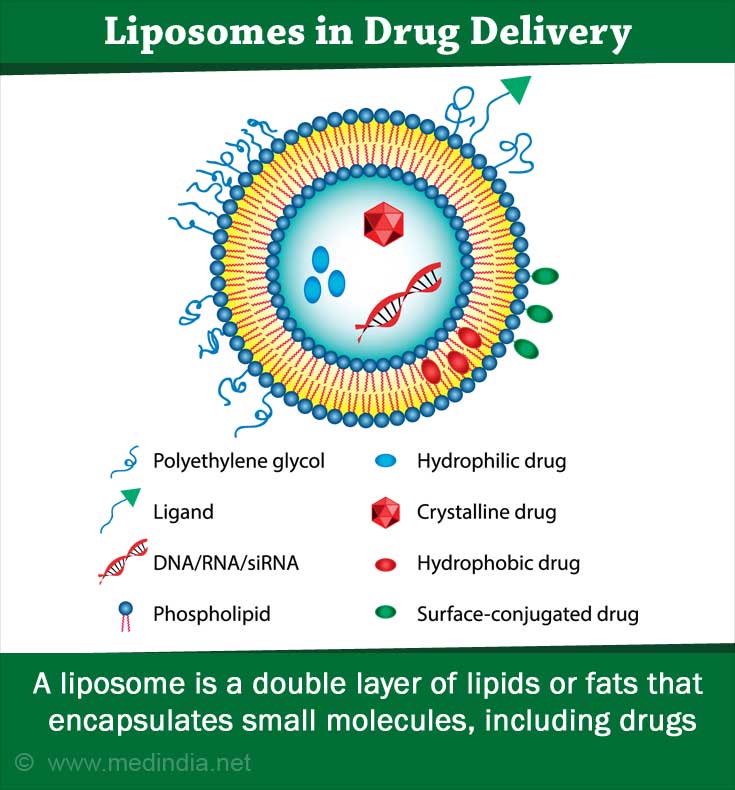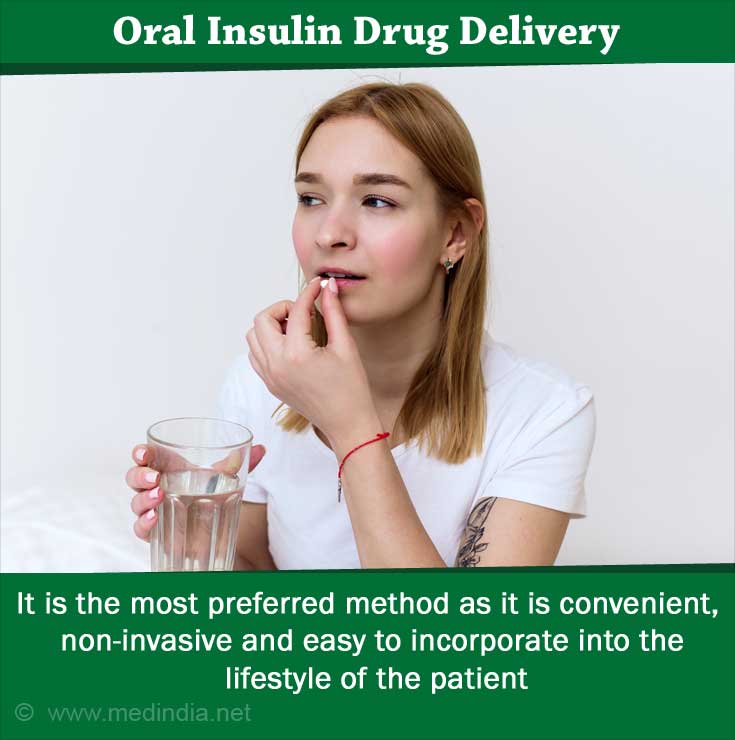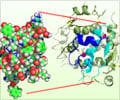- Transdermal drug delivery of insulin with ultradeformable carriers - (http://www.ncbi.nlm.nih.gov/pubmed/12739984)
- RECENT TRENDS IN INSULIN DRUG DELIVERY SYSTEM - (http://www.pharmatutor.org/articles/recent-trends-in-insulin-drug-delivery-system)
What is Drug Delivery Systems?
Diabetes mellitus, caused either by autoimmune destruction of the insulin producing beta cells in the pancreas (Type I) or by peripheral cellular resistance to circulating insulin (Type II), is characterized by accumulation of glucose in the blood and urine. The condition is also a result of disturbances in the metabolism of carbohydrate, fat and protein, resulting in impaired insulin secretion. Type I Diabetes always requires management with regular insulin intake via various routes of administration (usually subcutaneously, or via a needle under the skin) and severe Type II Diabetics often require insulin therapy as well.
Drug delivery systems in diabetes management is one of the recent advances to minimize the side effects, dosage and frequency of the drug intake. Advanced drug delivery systems release the drug in a pre-specified manner to the targeted organ, tissue or cells within the body can help provide localized and prolonged delivery of the drug, without affecting the other organs or tissues.
Insulin can be administered in combination with various types of drug carriers and a variety of routes of drug delivery.
Do We Require Drug Delivery System for Insulin Delivery?
The most common and traditional method of insulin intake by the diabetic population is through subcutaneous injections. But, if multiple doses are required, it is often very painful for the patients. Injections, especially more than once a day, can cause discomfort, local pain, irritation, infection, lipoatrophy, etc. Multiple doses of insulin also carry a risk of hypoglycemic episodes if too much insulin is administered. Profound hypoglycemia can be life-threatening if not corrected immediately.
Oral delivery of insulin can ensure absorption from the intestine and transit directly to the liver, provided it crosses the hazardous stomach pH and escapes proteolysis by enzymes in the gastrointestinal tract. Advanced drug delivery systems must overcome these obstacles.
Drug Delivery System Methods – Insulin Carrier Systems
A variety of vehicles for delivery of insulin have been explored for delivery of insulin into the body.
Hydrogels: They are extremely compatible with blood and tissue of humans and have been extensively used in preparation of soft contact lenses, coating dressings and ion-exchange membranes and other products that stay close to the human body. They are cross-linked polymeric matrices that absorb large amounts of water and swell up.
Hydrogels are being studied for use in site-specific drug delivery and tissue targeting. Scientists are studying the possibility of using hydrogels in tissue substitutes to replace bone, cartilage and muscle tissues. The hydrogels swell or shrink in response to the conditions like temperature, pH, ionic strength and buffer composition. A drug can be incorporated into a hydrogel and the drug is released at a low rate and takes action almost immediately. Hydrogels can be used as carriers administered through various routes of delivery like oral, buccal, injection, etc.
Polymeric Nanoparticles: There are two types of polymeric nanoparticles: nanospheres and nanocapsules. For nanospheres, he drug is uniformly dispersed in a nanosphere matrix system, while for nanocapsules the drug is confined to a cavity surrounded by a polymer membrane. The polymer particles dissolve into the target organ in a given environment and release the drug that they carry to the target tissue. Polymeric nanoparticles have low cytoxicity and can be customized to the needs of patient, enabling the delivery of the medication at a desired concentration to the desired location.
Polymeric nanoparticles can be engineered to degrade in response to the rise in the blood glucose levels, causing the nanoporous membrane to biodegrade and release the insulin into the blood.
Ceramic Nanoparticles: Materials like silica, alumina, titanium and calcium phosphate are used in making ceramic nanoparticles to act as carriers for insulin. They are highly biocompatible, much smaller in size and have good dimensional stability. They can be manufactured with required shape, size and porosity. The most successful routes of delivery of ceramic nanoparticles have been parenteral (intravenous, intramuscular or subcutaneous) delivery and inhalable drugs.
Gold Nanoparticles: Gold is a metal that is accepted by the body with an exceedingly low risk of allergic reaction. Gold nanoparticles have long term stability in terms of loading of insulin and enable higher absorption of insulin across oral and nasal mucous linings. However, they are not able to facilitate the distribution in organs like liver, spleen, kidney, heart, etc. They also have a tendency to accumulate in bone joints and organs.
Glucose-sensitive Polymeric Insulin Infusion Devices: Dynamically maintaining appropriate insulin levels in the blood in response to serum glucose levels is the main aim of the use of drug delivery systems for insulin delivery. Excess insulin in the blood can be toxic (even fatal) and lack of sufficient insulin can cause blood sugar levels to rise to the point of causing acidosis (high blood acid levels) and coma. The variety of devices for delivering insulin based on a self-regulatory mechanism is the most researched topic in the insulin delivery systems.
Liposomes: A liposome is a double layer of lipids, or fats, that encapsulates small molecules, including drugs. They have been researched widely for use in drug delivery systems. The lipids enclose a volume of aqueous solution or water-based solution. They are biocompatible, completely biodegradable and non-toxic. However, they have limitations like inadequate stability.

Iontophoresis and Sonophoresis: Iontophoresis is the use of electric current to improve the permeability or penetration of the drug to the target site. Transdermal iontoporesis is non-invasive and can be used for continuous or pulsatile (releasing the drug at frequent intervals of time) drug delivery.
Sonoporesis is the use of ultrasound to enhance the delivery and activity of the drugs in the target site. Small hydrophobic molecules like steroids have been driven into the skin using therapeutic doses of ultrasound. Low frequency ultrasound has been found to be more effective than higher frequency.
Preferred Routes of Delivery of Insulin Drugs
Oral Delivery of Insulin drugs and carriers: Oral insulin drug delivery is the most preferred method as it is convenient, non-invasive and easy to incorporate into the lifestyle of the patient. Patients receiving multiple injections or continuous infusions of insulin find it painful and cumbersome. Insulin is a protein and it can undergo inactivation by the acids of the stomach and upper part of the intestine. This makes it necessary to protect the insulin with a carrier system so that it can pass the acidic and proteolytic barriers of the gut and be absorbed intact into the intestinal blood supply.

Ocular administration: The ocular route of insulin administration is non-invasive. The drug is easily absorbed by the eye tissues without much resistance. It also bypasses the acidic effects of the gastric system. It was found that insulin delivered as eye drops prolonged the systemic delivery of insulin, without the risk of fluctuating blood sugar levels.
Transdermal Drug Delivery System: Recent trends of transdermal drug delivery incorporate the use of epicutaneous administration of insulin along with the carriers. Epicutaneous administration is the use of shallow, bloodless piercing using small-gauge needles on the surface of the skin. The carriers of insulin via the transdermal route of delivery are found to be comparable to the subcutaneous or injection routes.







